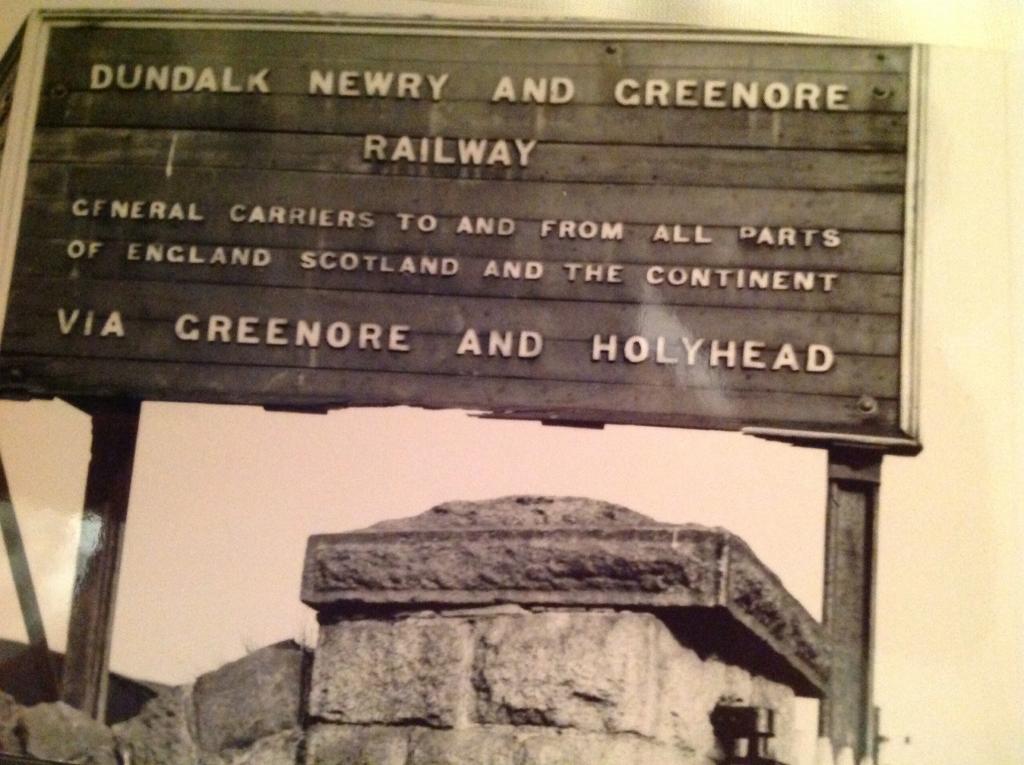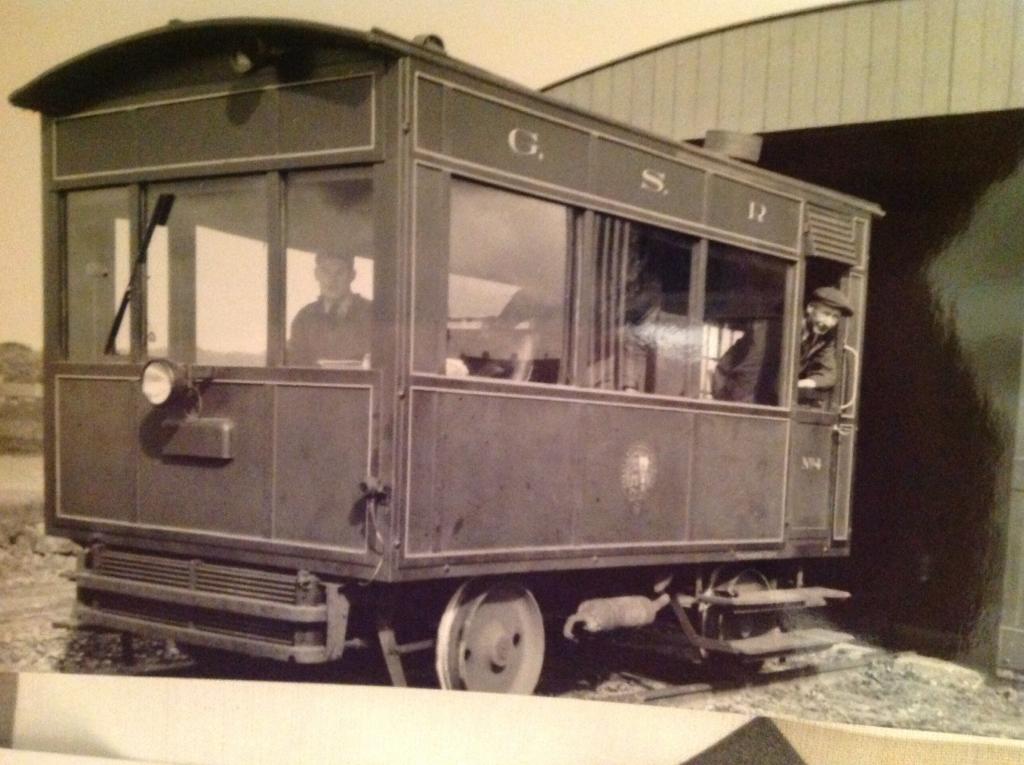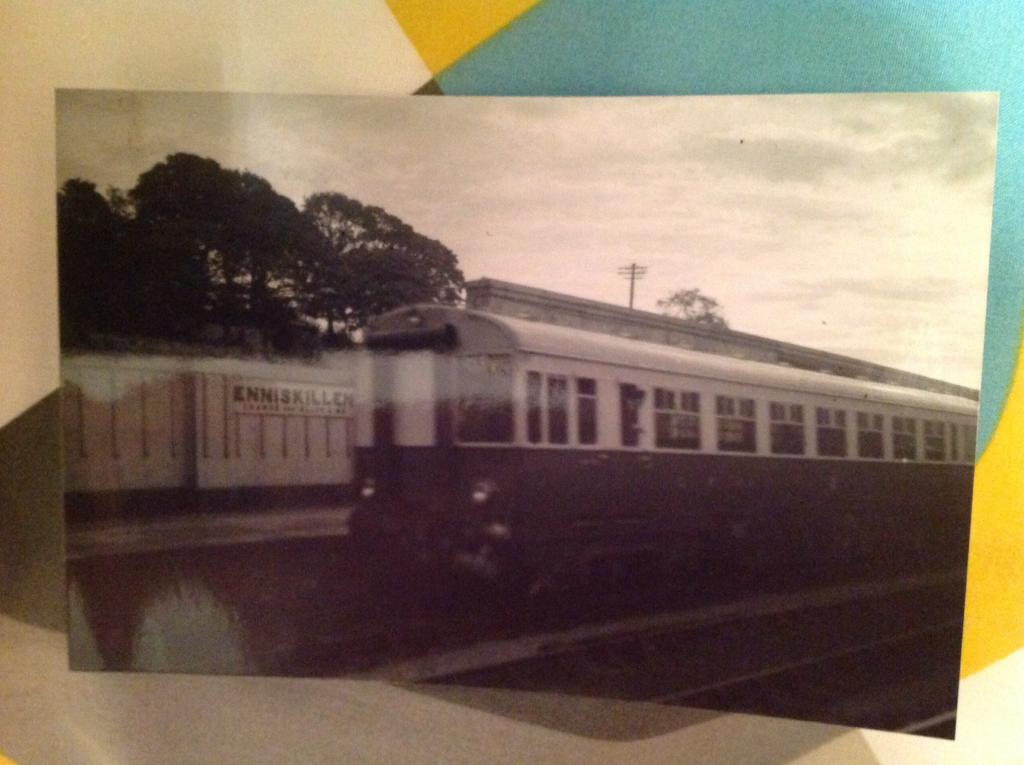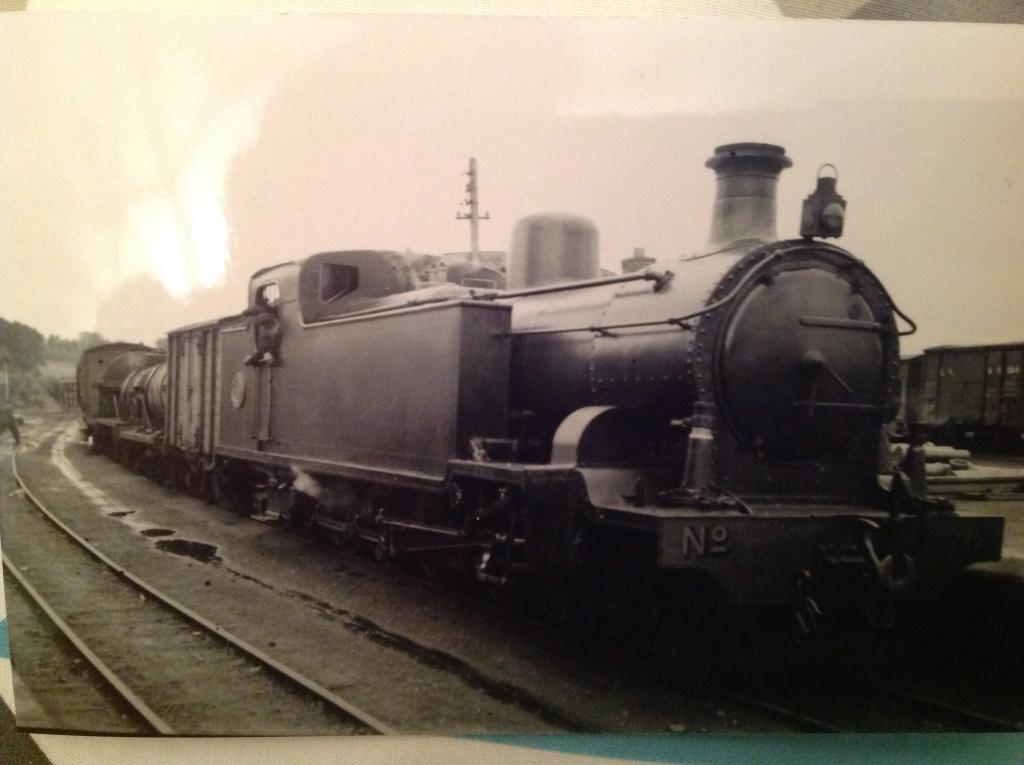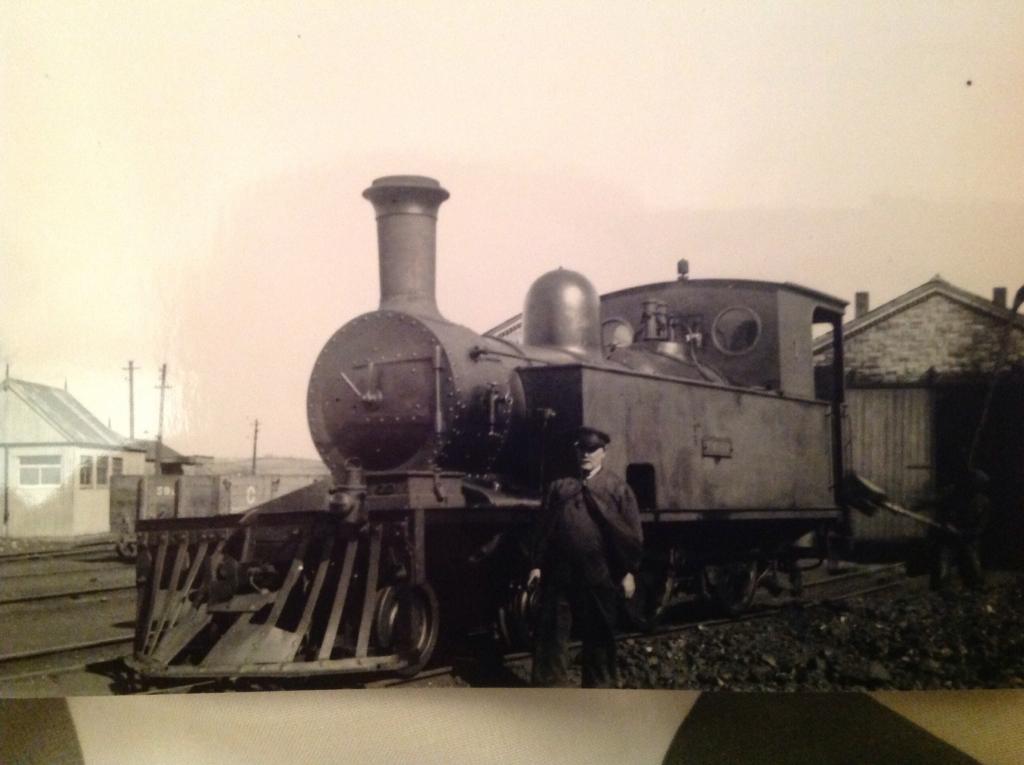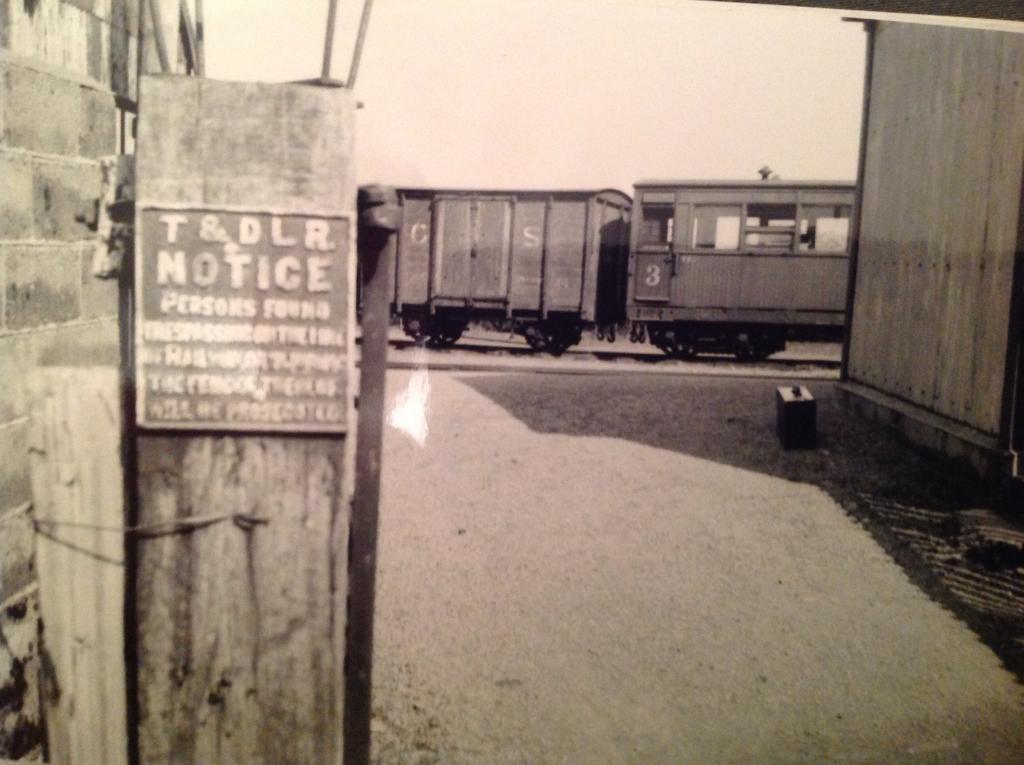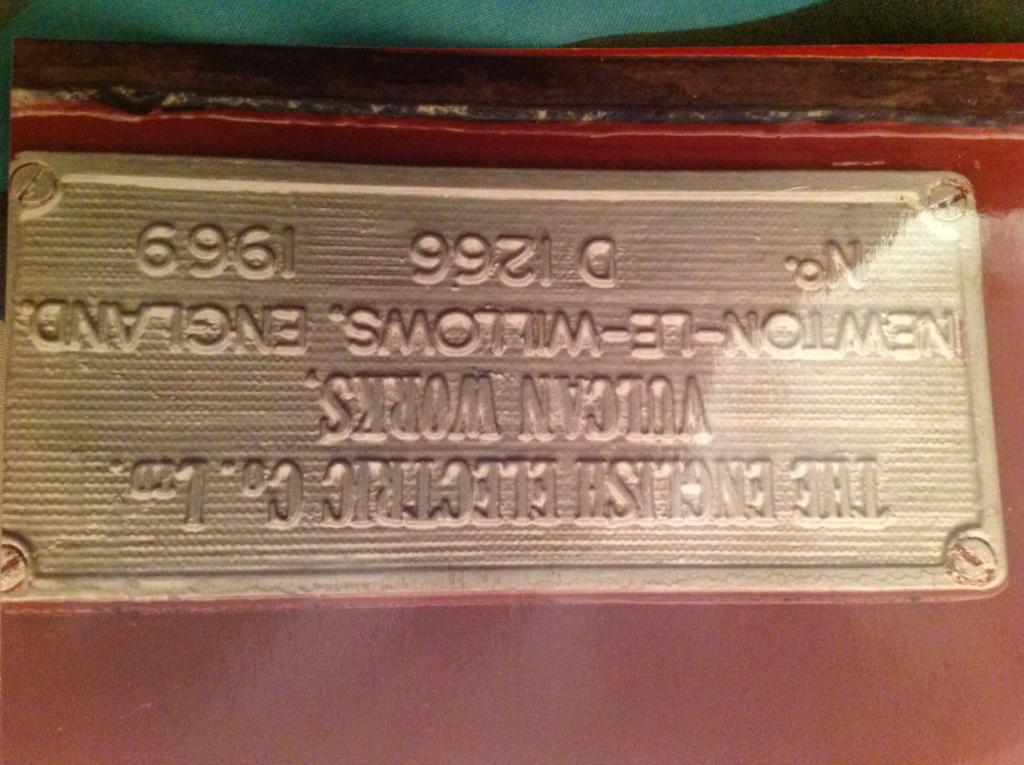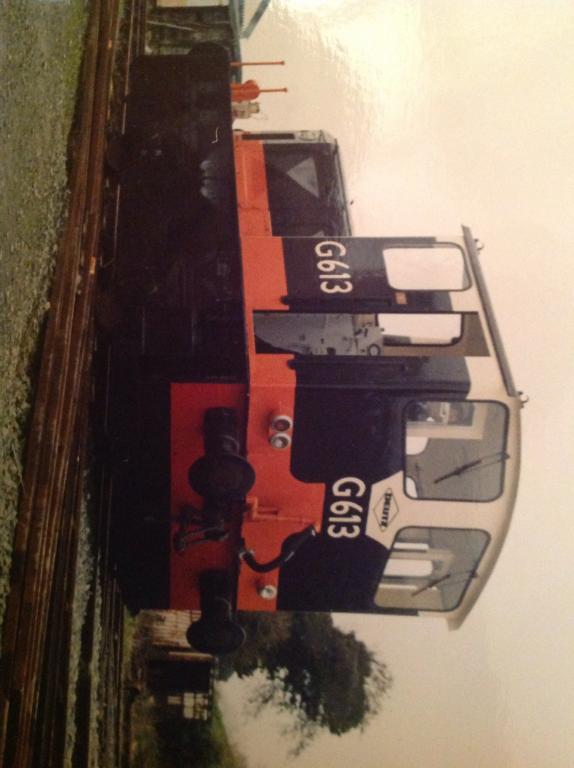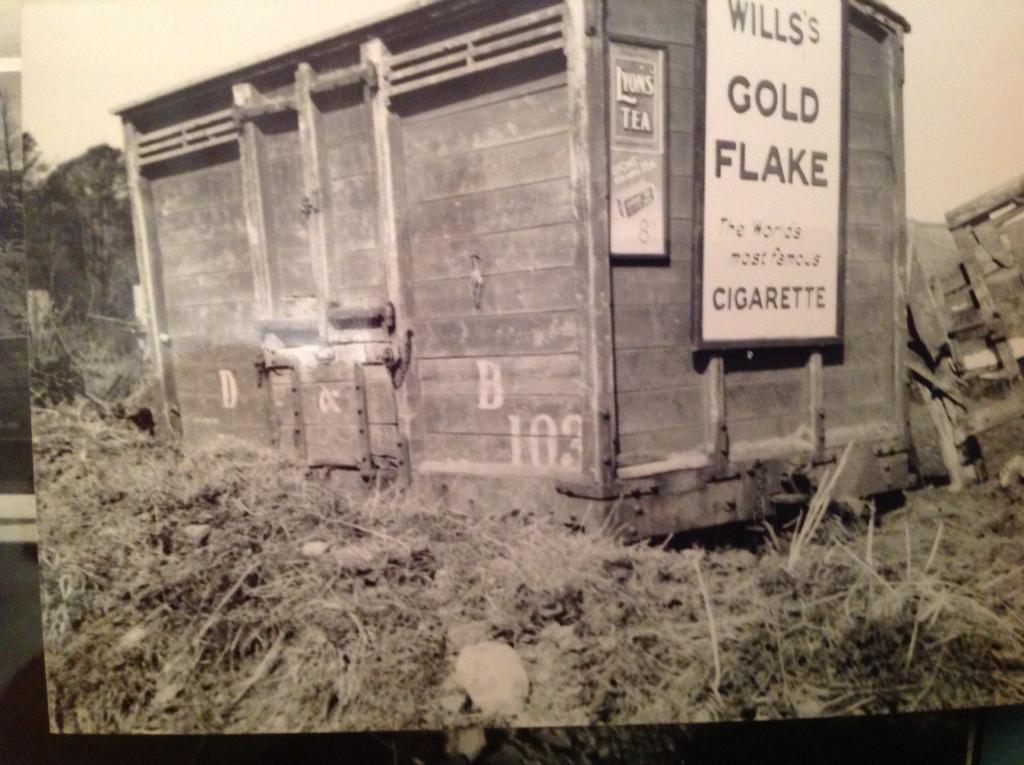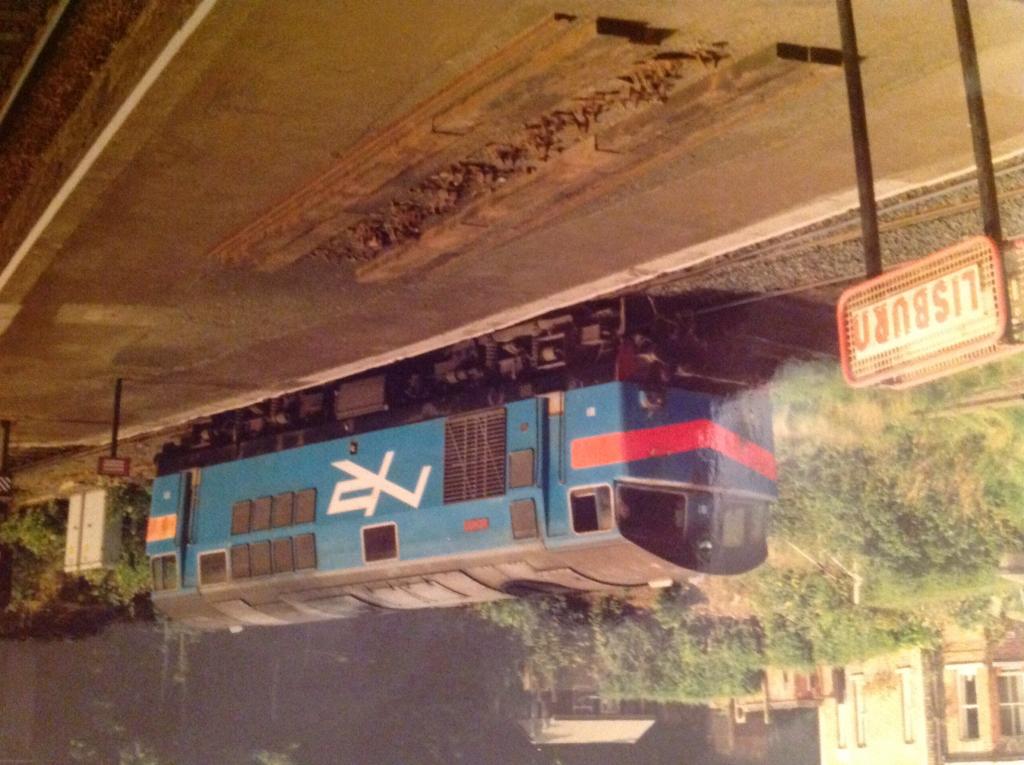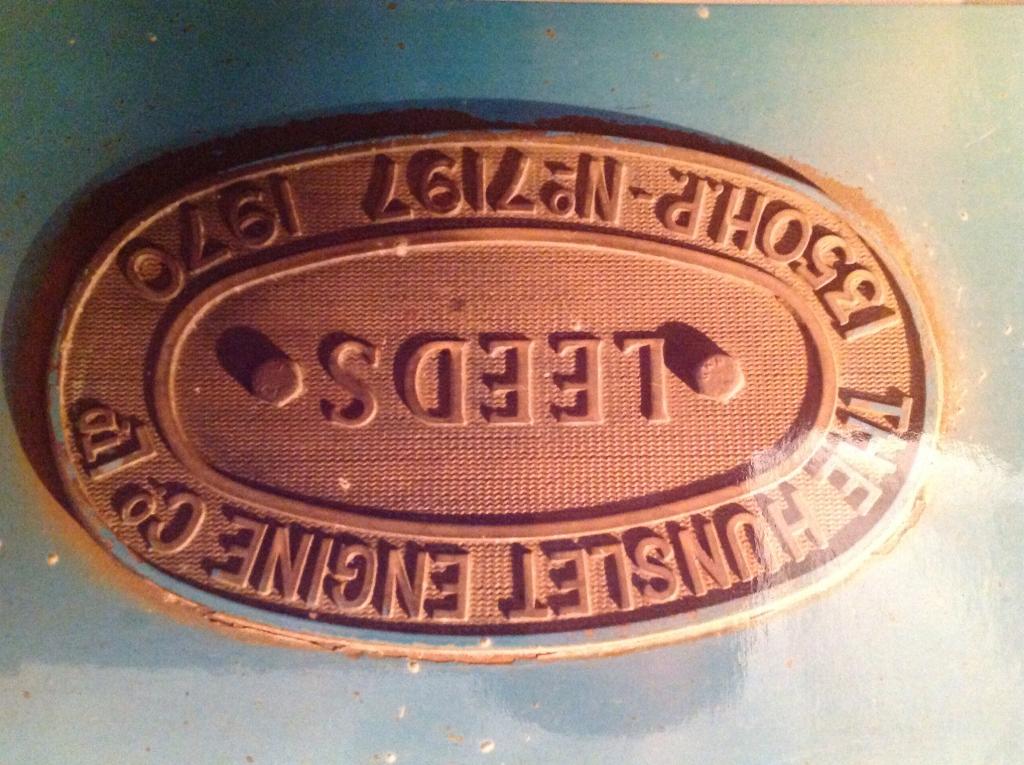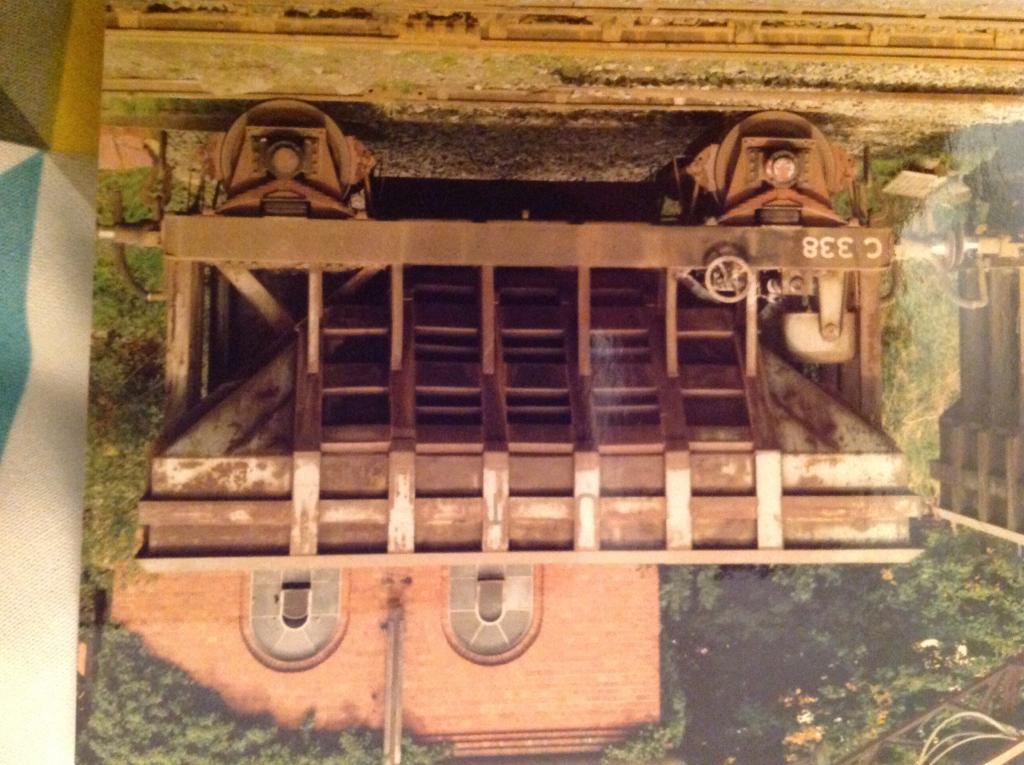-
Posts
15,870 -
Joined
-
Last visited
-
Days Won
393
Content Type
Profiles
Forums
Events
Gallery
Everything posted by jhb171achill
-
That's a real beauty.
-
This is a superb job. It would worth, perhaps, a new thread to identify RTR locos or easy-to-make loco kits which could be kitbashed to represent Irish prototypes. We're all aware of, for example, numerous LMS, BR, or other 2.6.4T locos which have been turned into very credible looking NCC "Jeeps". I saw - somewhere - pictures of a brilliant looking GSWR "J15" wise origins were, I think, a Hornby loco of LNER extraction. There's the LMS "Jinty", of course, and the "Woolwich", and perhaps a Brighton "Terrier" might provide the basis for GSR Nos. 90 or 100? Any more?
-
On its way, Riversuir. PM me your address.
-
Photos of days gone by
jhb171achill replied to jhb171achill's topic in Photos & Videos of the Prototype
Not all locos had numerals picked out in pale yellow - quite a few were just sheep-dip grey all over. Note for modellers: numberplate backgrounds were always grey on grey locos, black on the few black locos in late CIE days. GSR never painted anything black. DNGR station - I think this was taken at Greenore. With the growing interest these days in "yellow machines", because - I suppose - there's not a lot else to see on the railways! - I thought this little gem might interest you. One at least survived well into CIE times, possibly the early 1960s. It still had its faded maroon with yellow lining. A potentially very interesting little project for a layout. -
-
New Enterprise Livery
jhb171achill replied to Dunluce Castle's topic in What's happening on the network?
I think that the erstwhile "Bundoran Express" was the slowest named train in Europe. -
Photos of days gone by
jhb171achill replied to jhb171achill's topic in Photos & Videos of the Prototype
The van picture was taken in the mid 1930s, thus that van is still, therefore, carrying green paint because that certainly isn't GSR style lettering. Very interesting indeed, well spotted Mayner. The picture of the West Cork coaches is a bit later, probably about 1938. The GNR coach you refer to which was trailed around by that railcar was the last surviving wooden GNR bogie coach other than Saloon No. 50 at Whitehead. It lay at Mallow for years and eventually fell apart, with some assistance from vandals. -
Photos of days gone by
jhb171achill replied to jhb171achill's topic in Photos & Videos of the Prototype
What next..... Interesting rolling stock. The short lived Enniskillen to Belfast express (BUT) railcar service. Carriages in Albert Quay - ancient CBSCR design - look at the patchwork maroon paint! And, with fresher paint, Ballinamore - where freshly painted anything was a rarity. Now, here's a puzzler - until I find the accompanying notes anyway. At first glance, possibly SLNCR, but I think it was taken somewhere in Dublin. If so, the lack of a letter suffix to the number suggests GSWR ancestry, but neither the GSWR or GSR put "No." in front of a number. Thoughts? -
Photos of days gone by
jhb171achill replied to jhb171achill's topic in Photos & Videos of the Prototype
-
Photos of days gone by
jhb171achill replied to jhb171achill's topic in Photos & Videos of the Prototype
-
Photos of days gone by
jhb171achill replied to jhb171achill's topic in Photos & Videos of the Prototype
-
Excellent!!!!!!!!
-
More free stuff - Isle of Man and CIE 1974
jhb171achill replied to jhb171achill's topic in General Chat
Leaflet now claimed. IOM stuff still available. -
New Enterprise Livery
jhb171achill replied to Dunluce Castle's topic in What's happening on the network?
Flying Snails for everybody in the audience! -
Absolutely! COYBIG!!!!
-
".......Nice mini, by the way........" How can you see what she's wearing?
-
Many thanks, josefstadt. It doesn't seem to matter what way round I scan them but they end up turning Australian!
-
Superb job, Nelson, as usual of course!
-
Or a bar of Fry's Creme from the Wee Stores down Pembroke Lane.....thruppence. Or your empty jug filled with milk from the dairy next door - a penny.
-
Above: Summer 1990, and 033 rattles through with the midday Rosslare to Dublin. Below: Summer about half a century earlier, and the body of a goods van off the recently-closed Dublin & Blessington Tramway finds a new home on a farm.
-
A nice sunny day about 25 years ago in Lisburn. Note that the spoil wagon is still in UTA markings; these wagons never saw a paintbrush again after delivery in a then-strange light duck-egg blue.
-
I think that's the answer, Islandbridge. I always meant to ask Senior what exactly they looked like inside.... He did describe the interiors of DSER 6 wheelers on the H Street line - nothing like a Pullman, third class or not. There are photos of Jimmy O'Dea's which show these carriages not just in traffic but at least one lying derelict at Naas in the late fifties. Jimmy was a gentleman - I met him just once, many many moons ago.....
-
That is seriously impressive!
-
I think Adam Ant certainly looked as if all his bubbles had long fallen off the track....
-
Very many thanks, Islandbridge.
.png.c363cdf5c3fb7955cd92a55eb6dbbae0.png)


